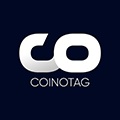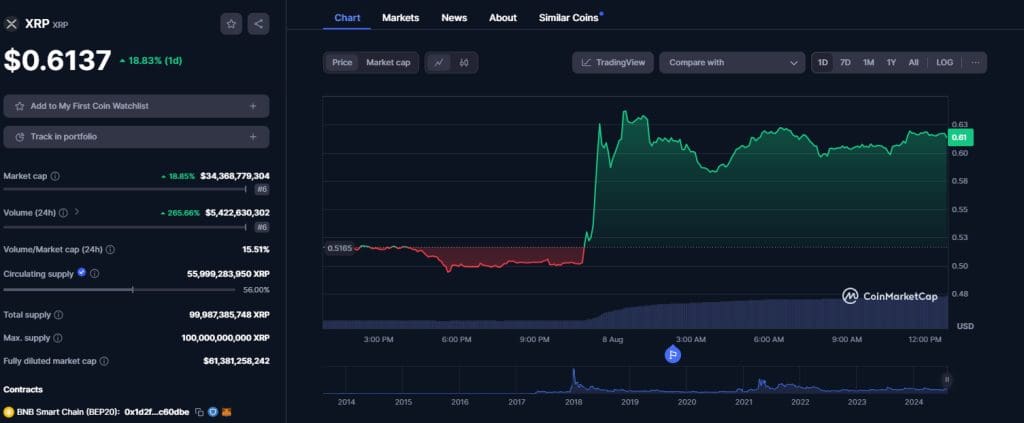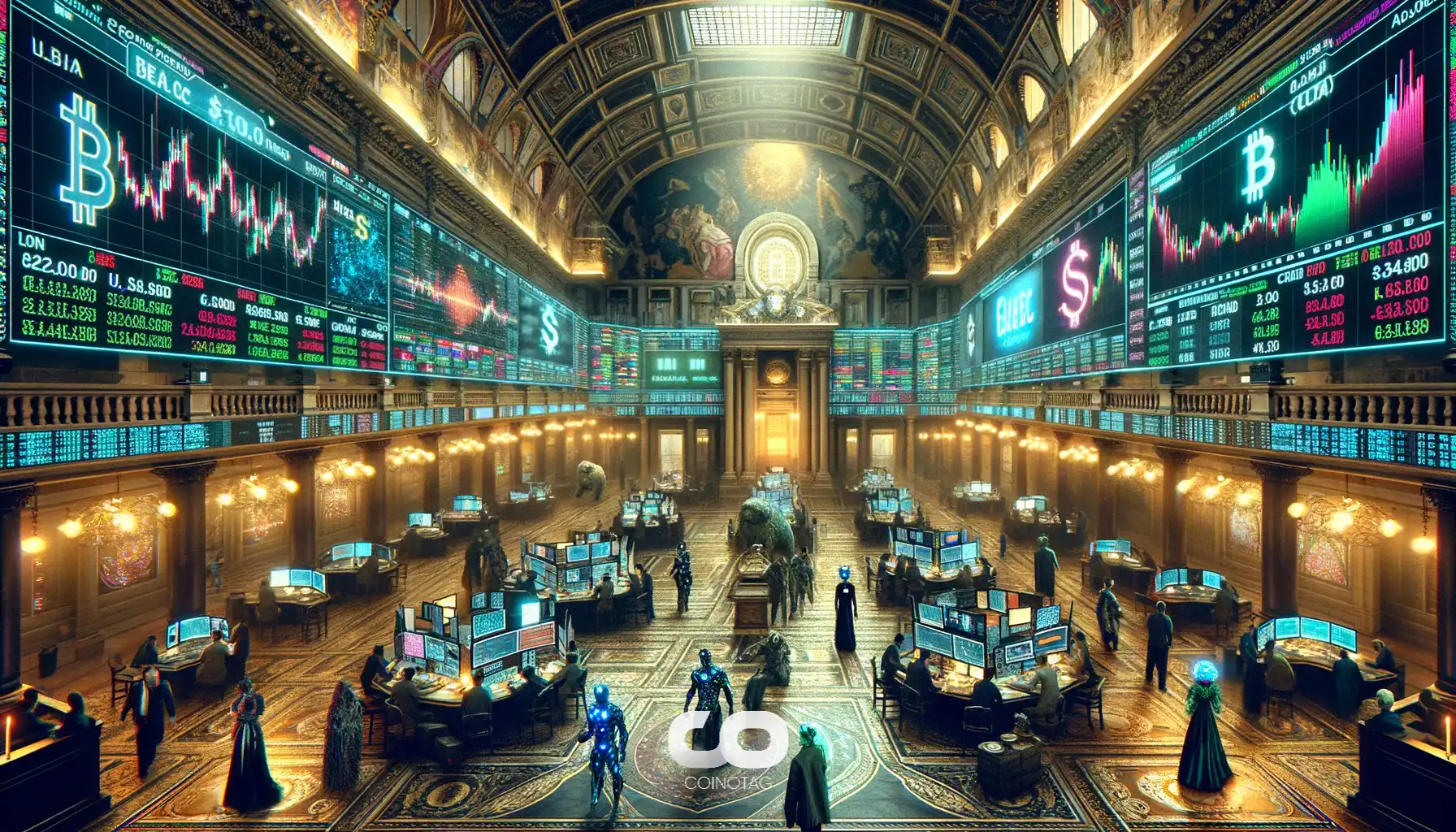Solana Milestones: Legacy of Cutting Edge Technologies
Solana is a revolutionary blockchain network that has been making waves in the cryptocurrency industry since its launch in 2017. With Solana milestones of unique technology and innovative approach to scalability, Solana has established itself as one of the most promising blockchain platforms in the world today.
While most blockchain platforms struggle to handle more than a few transactions per second, Solana has been able to achieve a transaction throughput of up to 50,000 transactions per second – a remarkable feat that has captured the attention of the cryptocurrency industry. But how did it get to where it is now? Let’s take a look.
The Launch of Solana
Solana was launched in 2017 by Anatoly Yakovenko, a former software engineer at Qualcomm. Yakovenko set out to create a new blockchain network that could address the major scalability issues faced by other blockchain platforms, with the goal of creating a faster, cheaper, and more efficient blockchain network.
What makes Solana unique is its use of a combination of technologies to enable faster and more efficient transaction processing. In addition to PoH, Solana uses a number of other cutting-edge technologies, including:
- Tower BFT: A new consensus algorithm that enables faster and more efficient block validation.
- Gulf Stream: A technology that enables the streaming of blocks to validators in real time, further improving transaction processing speed.
- Sealevel: A parallel processing system that enables Solana to process multiple transactions simultaneously.
Solana Milestones: Significant achievements
Achieving transaction throughput of 50,000 transactions per second
In 2020, Solana achieved a major breakthrough by becoming the fastest blockchain in the world, capable of processing 50,000 transactions per second (TPS). This was a significant achievement, as it demonstrated the platform’s ability to handle large volumes of transactions in a fast and efficient manner. This high TPS rate was achieved through Solana’s unique approach to consensus, which uses a combination of proof-of-stake and proof-of-history algorithms to achieve consensus quickly and efficiently.
Facilitating the first-ever end-to-end decentralized trading platform with Serum
In 2020, Solana facilitated the creation of the first-ever end-to-end decentralized trading platform with Serum. Serum is a decentralized exchange that enables users to trade cryptocurrencies without the need for a central authority. This was a significant achievement, as it demonstrated Solana’s ability to support innovative and decentralized financial applications.
Implementing a new proof-of-history consensus algorithm
In 2021, Solana implemented a new consensus algorithm called Proof-of-History (PoH). This algorithm enables Solana to achieve high transaction throughput while maintaining decentralization and security. PoH works by creating a verifiable history of all events in the network, allowing validators to quickly and easily verify the current state of the network. This new consensus algorithm is a significant achievement for Solana, as it has helped the platform to achieve even higher levels of performance and security.
The release of Wormhole, a bridge between Solana and other blockchains
In 2021, Solana released Wormhole, a bridge that allows users to transfer assets between Solana and other blockchains. This was a significant achievement, as it enabled Solana to become more interoperable with other blockchain platforms. This interoperability is essential for the growth and adoption of Solana, as it enables users to move assets between different blockchain networks seamlessly.
Successfully raising $314 million in a recent funding round
In March 2021, Solana announced that it had raised $314 million in a funding round led by Andreessen Horowitz and Polychain Capital. This was a significant achievement, as it demonstrated the growing interest and support for Solana’s blockchain platform. The funding will be used to support the development and growth of the Solana ecosystem, including the expansion of its developer community and the creation of new applications and use cases.
Notable Events in Solana’s Journey
Launch of Solana’s Mainnet (March 2020)
Solana’s mainnet launch marked a major milestone in its development, enabling the platform to transition from a testnet to a live network. The mainnet launch also allowed developers to begin building on the platform in earnest, with the first applications being developed in the weeks and months following the launch.
Integration of Chainlink’s Oracle Technology (June 2020)
In June 2020, Solana announced that it had integrated Chainlink’s oracle technology, enabling the platform to securely access off-chain data in a decentralized manner. This integration was a major milestone for Solana, as it enabled the platform to support a wide range of DeFi applications that rely on off-chain data.
Partnership with Terra (July 2020)
In July 2020, Solana announced a partnership with Terra, a leading blockchain platform that focuses on stablecoins and decentralized finance (DeFi). The partnership enabled cross-chain DeFi, allowing developers to build applications that could utilize assets from both platforms.
Release of the Serum DEX (August 2020)
In August 2020, Solana announced the release of the Serum DEX, the first-ever end-to-end decentralized trading platform. The Serum DEX was built on Solana’s blockchain and provided users with a fast, efficient, and decentralized platform for trading cryptocurrencies.
Solana Raises $1.76 Million in Seed Funding (September 2020)
In September 2020, Solana announced that it had raised $1.76 million in seed funding from a group of investors led by Multicoin Capital. The funding was used to further develop the platform, and to support the growth of the Solana ecosystem.
Raydium Launch (December 2020)
Raydium is a decentralized liquidity provider and automated market maker (AMM) built on the Solana blockchain.
The launch of Raydium in December 2020 was another major event in the Solana ecosystem, as it demonstrated the potential for building DeFi applications beyond just decentralized exchanges.
Solana Launches Wormhole (February 2021)
In February 2021, Solana launched Wormhole, a cross-chain bridge that enables the transfer of assets between different blockchain networks. Wormhole was designed to be fast, efficient, and secure, and has quickly become a popular tool for developers building on Solana.
Solana Hosts First-Ever Hackathon (March 2021)
In March 2021, Solana hosted its first-ever hackathon, inviting developers from around the world to build applications on its blockchain. The hackathon was a major success, with over 10,000 developers participating and over 350 applications being submitted.
Solana Launches “Ignition” (March 2021)
In March 2021, Solana announced the launch of “Ignition”, a program designed to support early-stage startups and projects building on its blockchain. The program provides selected projects with funding, technical support, and access to the Solana ecosystem, intending to accelerate the growth and adoption of Solana’s blockchain.
Launch of Mango Markets (March 2021)
Mango Markets is a decentralized trading platform built on the Solana blockchain that offers high-speed, low-cost trading for a variety of assets. The launch of Mango Markets in March 2021 was another significant event in the Solana ecosystem, as it demonstrated the continued growth of DeFi on the Solana blockchain.
Solana Integrates with USDC (April 2021)
In April 2021, Solana announced that it had integrated with USDC, one of the largest stablecoins in the world. The integration enabled USDC to be used on Solana’s blockchain, providing users with a fast, efficient, and low-cost way to transact in stablecoins.
FTX Exchange Moves to Solana (April 2021)
FTX is a major cryptocurrency exchange that moved its trading platform to the Solana blockchain in April 2021. This move was a significant validation of the Solana blockchain’s performance and scalability, as FTX is one of the largest and most respected cryptocurrency exchanges in the world.
Solana Launches “Breakpoint” (May 2021)
In May 2021, Solana announced the launch of “Breakpoint”, a program designed to support developers building on Solana’s blockchain. The program provides developers with technical support, funding, and access to the Solana ecosystem, to hasten the development of applications on Solana.
Solana’s TVL Surpasses $10 Billion (August 2021)
In August 2021, Solana’s total value locked (TVL) in its DeFi ecosystem surpassed $10 billion. This was a major milestone for the platform, as it demonstrated the growing interest and adoption of Solana’s blockchain by developers and users.
Launch of Star Atlas Game (August 2021)
Star Atlas is a space-themed massively multiplayer online game (MMO) that is built on the Solana blockchain. The launch of Star Atlas in August 2021 was a significant event in the Solana ecosystem, as it demonstrated the potential for building large-scale, complex applications on the Solana blockchain beyond just financial applications.
Phantom Wallet Launch (October 2021)
Phantom is a non-custodial wallet for the Solana blockchain that offers a simple, user-friendly interface and seamless integration with many popular DeFi applications. The launch of Phantom in October 2021 was a significant event in the Solana ecosystem, as it made it much easier for users to interact with the Solana blockchain and its many applications.
Solana Network Outage (November 2021)
In November 2021, the Solana network experienced a several-hour-long outage due to a large influx of transactions that overwhelmed the network’s validators.
While this was a negative event for the Solana ecosystem, it also demonstrated the importance of ongoing network upgrades and improvements to ensure the reliability
Widespread adoption (2022 – Now)
1. The year 2022 saw more and more developers and projects choosing Solana as their preferred blockchain platform. Solana has been working to improve its developer experience, making it easier for developers to build on the platform. This effort is expected to continue, with new tools and resources being released to help developers build on Solana, with new tools and resources being released to help developers build on Solana.
2. Solana achieved a major milestone by introducing Saga, a flagship Android mobile phone with unique features and functionality that is tightly integrated with the Solana blockchain. Saga makes it easy and secure to transact in web3 and manage digital assets such as tokens and NFTs. With Saga, Solana has set a new standard for the web3 experience on mobile, making it more accessible to the billions of people who use smartphones around the world. The introduction of Saga is a significant achievement for Solana, as it opens up new opportunities for the platform and paves the way for greater adoption of crypto on mobile devices.
3. Solana Pay, which was introduced in February 2022, has contributed to a frictionless and permissionless payment ecosystem. With its growing popularity among stores and brands, the payment platform will continue to expand in 2023, as was said by Solana.
4. As of the end of November 2022, there were 2053 total active developers working on projects that use Solana. Of those, 1654 developers were working on Solana-only projects. This is a testament to the growth in developer education and tooling, making it easier for new builders to enter the Solana ecosystem and start building.
5. SolanaU, a program designed to help students and professors at universities learn about Solana, has seen a significant rise in popularity. The SolanaU Ambassadors program has helped spread the word about Solana on college campuses from Berkeley to Belgrade. The next cohort of SolanaU Ambassadors is accepting applications until December 22nd, 2022.
6. In a surprising announcement, Google Cloud revealed that it has been running a block-supporting Solana validator. The tech giant has extended support for Blockchain Node Engine to Solana, allowing anyone to run a validator in the cloud. Google Cloud is also indexing Solana data for easier historical research in Big Query.
7. Brave, the privacy-focused browser, integrated Solana into their wallet in 2022. The integration was announced at Breakpoint 2021 and has now been completed. Brave’s integration of Solana into their mobile and web browsers will make it easier for non-crypto native internet users to start using Solana dApps.
Final thoughts
Based on the current developments and momentum of the Solana ecosystem, it appears that Solana has a bright future ahead of it. Solana has shown impressive transaction speed, scalability, and developer activity, making it a popular choice among developers and enterprises for building decentralized applications. Additionally, the continued growth of the Solana community and partnerships with major companies and projects are also positive signs for its future success. It will be fascinating to observe how Solana innovates and adapts to suit the shifting requirements and wants of the blockchain ecosystem as the sector develops and grows.






